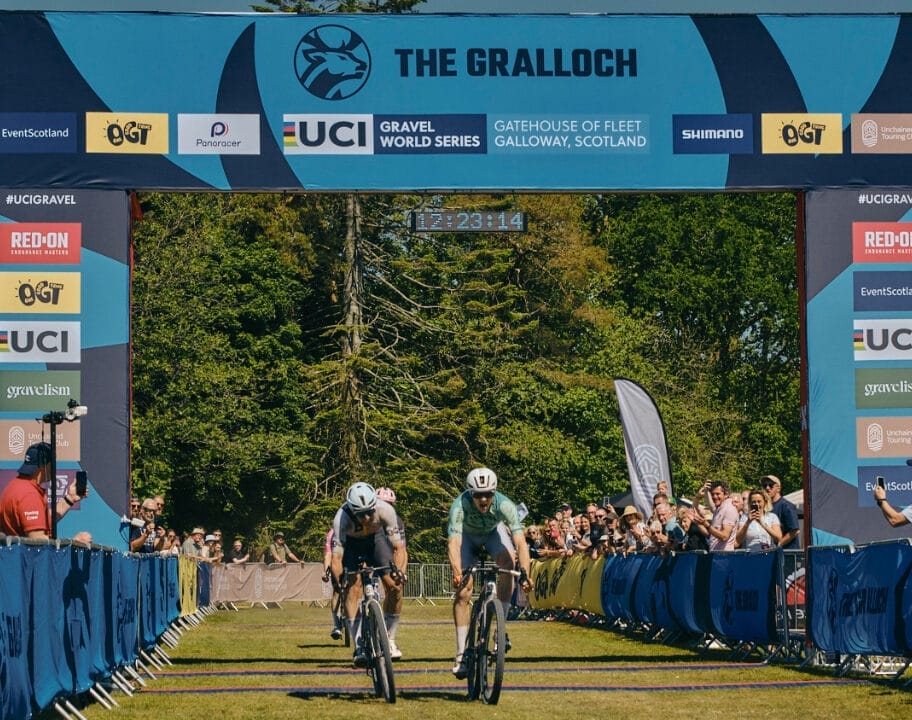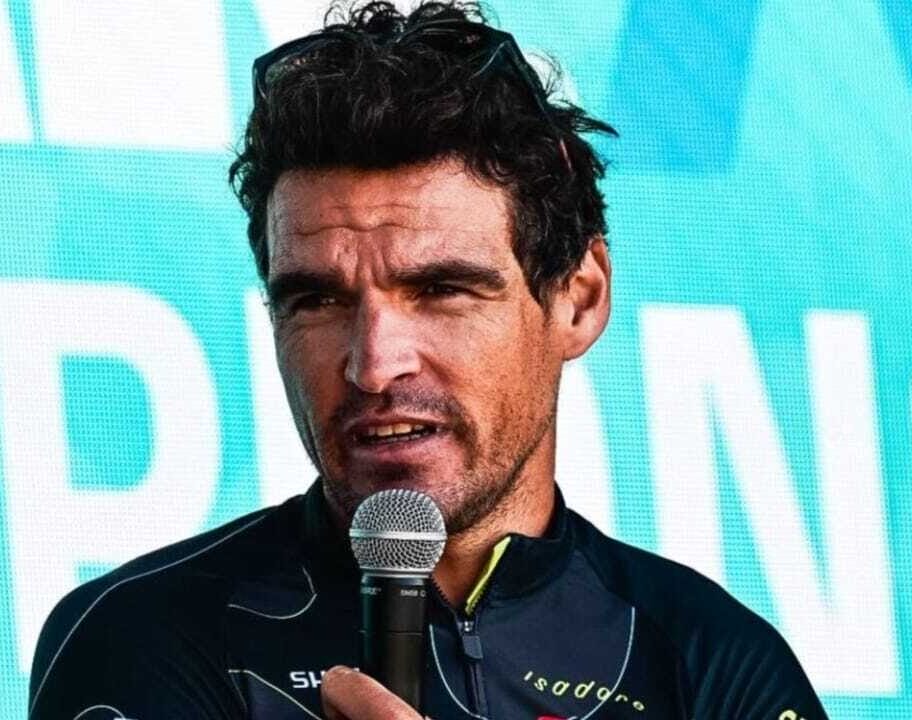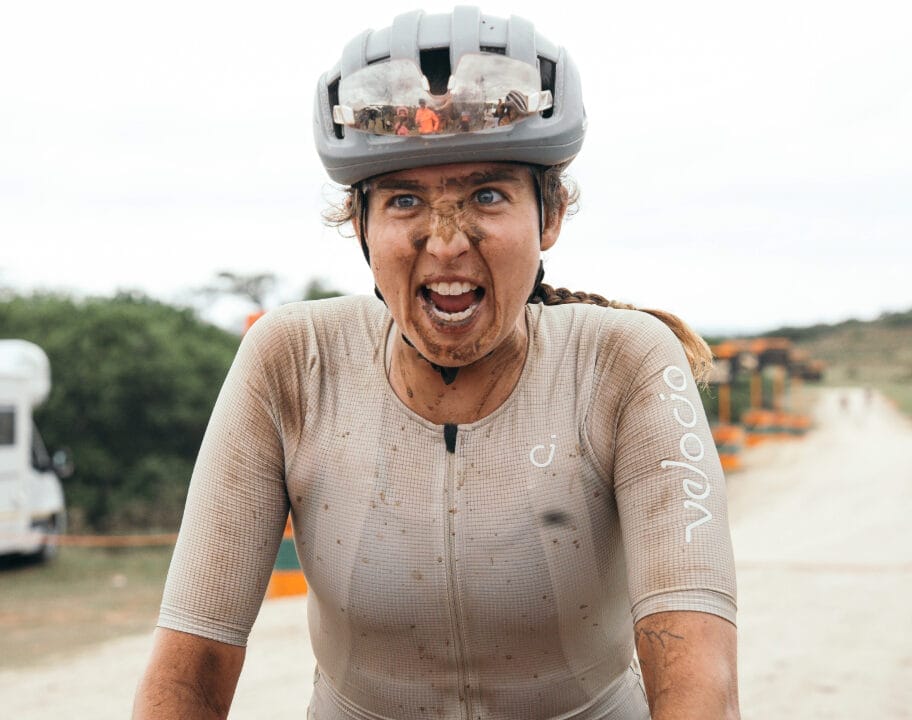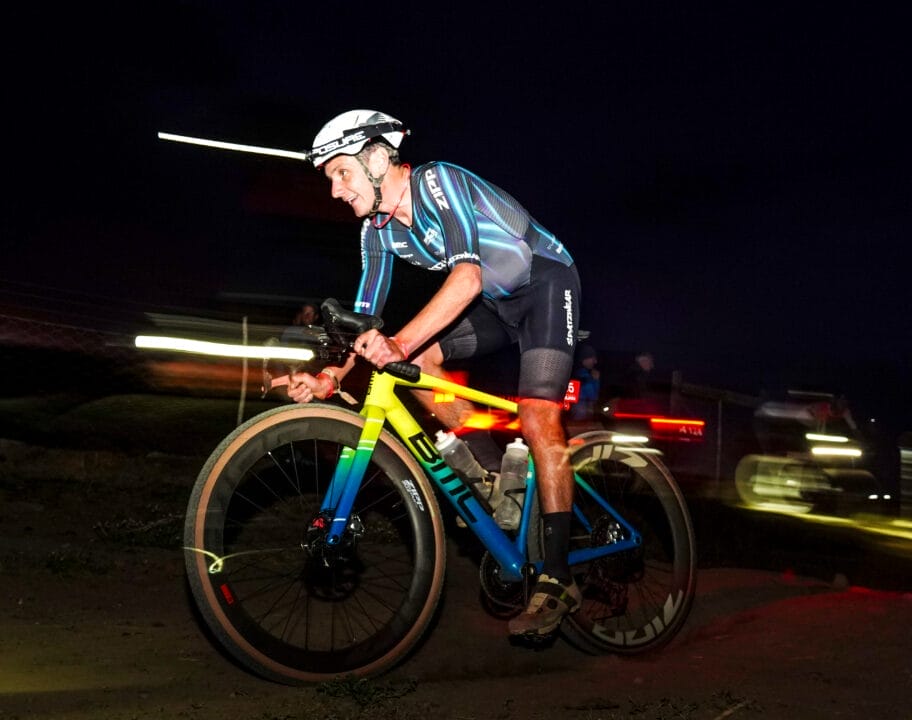Optimising aerodynamics in cycling is becoming a fine art. From helmet choices, to bottle placements. Riders these days are looking to refine every single detail, to get that extra 1% wherever they can find it.
Of course, PRO riders can head into a dedicated wind tunnel to test, and re-test their set up. But not only is this time consuming – and not particularly accessible for many cyclists. It also doesn’t factor in the impact of being in a real-world scenario, which is always going to be far more dynamic than a static wind tunnel set up. This is where Body Rocket have stepped in, using real-time data capture technology to bring the aero testing of a wind tunnel to real world scenarios.
So what is the Body Rocket system, and how does it work? We caught up with some of the team at an outdoor velodrome to find out more – and test it out for ourselves.
What is Body Rocket? How the cycling aero testing technology works
The Body Rocket system is the first of its kind to provide real-time direct force drag measurement. Fitted directly onto the bike, these sensors isolate the rider and measure exactly how much drag the rider’s body position creates. This is vital, because optimising your position on the bike can have a huge impact on how aerodynamic you are. Matt Hutchings, part of the expert team from Body Rocket, explains further.
“What we’ve done is take the concept of a wind tunnel, shrink it, and put it onto a bike. Essentially, we’ve moved the wind tunnel into a real-world scenario.”
“With the Body Rocket system, we have four sensors. One under the saddle, one under the TTs and one on each pedal. The pedals also double as the world’s most accurate power meters. Alongside these four sensors, we also have an airspeed sensor at the front.”

“With these sensors, every part of the bike you engage with is monitored. This means we can isolate you, the rider, from the bike and measure both vertical and horizontal forces applied to you. Most importantly, we focus on horizontal forces because 80% of your aero optimisation comes from positional changes.”
The sensors work out the rider’s CdA (coefficient of drag area), measuring how much drag the rider’s body creates. It’s similar to the data you’d get from riding in a wind tunnel. But unlike a wind tunnel, the sensors take the measurements in real-world scenarios, such as riding around an outdoor velodrome. And the Body Rocket system can provide real-time feedback while you ride through a bike computer. You can then also review all your aero data via a dashboard post-ride. The Body Rocket system allows cyclists to test out various set-ups, riding positions and gear in real-world scenarios.
“We typically see a 15-20 watt saving in the first session [with Body Rocket] just by tweaking positions. Equating to significant time savings over various distances.”
How does it compare to testing aerodynamics in a wind tunnel?
In a wind tunnel, air is pulled through the tunnel and passes over the rider to measure drag. And while different yaw angles can be tested to simulate cross winds. The rider and the bike are stationary the entire time – meaning the natural changes in your riding position as you turn corners or get hit by cross winds are not accounted for.
Body Rocket essentially takes the capabilities of a wind tunnel, and puts in on your bike. So you can measure the same data, in real-world conditions factoring in headwinds, rolling resistance, changing temperatures and the constant micro adjustments to your position you make while riding in the real world. This means you can find the bike position which is truly the most aero, taking into account all of these real-world factors.
It also means riders are no longer reliant on booking dedicated time in a wind tunnel to test out different positions and apparel. You can aero test on the move, during a training session.
Interpreting the data – do you need to be an aerodynamics engineer to make sense of the findings?
From our wearables to our bike computers, we have access to more data about our health, fitness and performances than ever before. But plenty of us will admit we don’t always know what that data really means, and what (if anything) we need to do with it.
And of course one of the benefits of going to a wind tunnel is that you’ve got an expert there with you to interpret and analyse all the data. The good news is, Body Rocket have developed their own AI coach – Brian – to help you understand, interpret and implement the findings of your aero testing.
‘Brian’ will help you to experiment with your TT position to find the most aerodynamic set up. And then he’ll go ahead and create a training protocol to go alongside your new position. Meaning you don’t need to be an aero expert or a data-whizz to benefit from the insights the Body Rocket system can deliver.




